On hot evenings in mosquito season, public-health crews move quietly along canals and neglected pools, releasing tiny, silver-gray fish that might change the odds in our favor. Mosquito fish – humble livebearers no longer than a finger – have been drafted into a global campaign to shrink the swarms that carry West Nile virus, dengue, and other pathogens. The promise sounds almost cinematic: a natural predator that hunts mosquito larvae before they ever grow wings. But the story is also complicated, as communities weigh real benefits against ecological risks. The result is a revealing test of how we fight disease while respecting the living systems around us.
The Hidden Clues
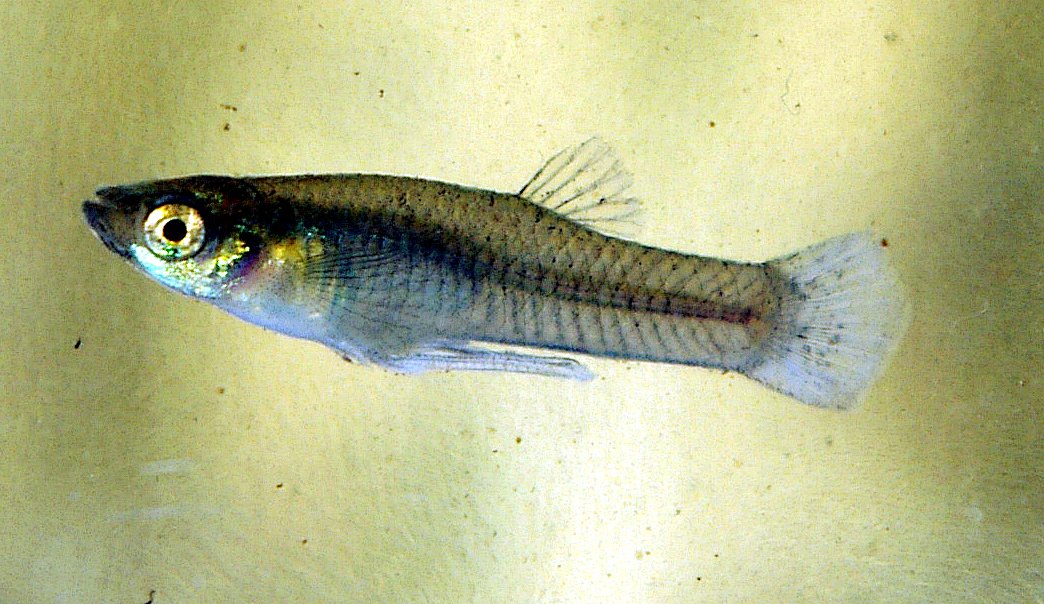
Look closely at a calm ditch or rain-filled tire and you might spot the first clue: tiny ripples on the surface, followed by quick, darting movements. Those are mosquito fish homing in on larvae that breathe through snorkel-like tubes at the water’s skin. Predation at this early stage matters because mosquitoes are easiest to stop before they fly, bite, and spread disease. Field teams learn to read water like detectives read a crime scene – shade, temperature, and nutrient-rich debris all point to likely larval hotspots. In these microhabitats, timing is everything; a few warm days can flip a quiet puddle into a cloud of adults. That is why mosquito fish are often part of a targeted, local response rather than a blanket solution applied everywhere.
From Ancient Tools to Modern Science

Using fish to control mosquitoes is not new; communities have long noticed that ponds with small, surface-feeding fish produce fewer pests. The modern chapter began in the early twentieth century, when Gambusia species were moved widely in hopes of curbing malaria and other mosquito-borne illnesses. Today’s programs look different, guided by integrated vector management that balances biology, chemistry, and habitat design. Instead of releasing fish everywhere, agencies focus on contained waters – abandoned swimming pools, ornamental ponds, livestock troughs – where fish cannot easily disperse into sensitive ecosystems.
The approach borrows from epidemiology and ecology at once, asking not just whether fish eat larvae, but where, when, and at what cost. That shift from blunt tool to precise instrument is the real scientific upgrade.
How Mosquito Fish Work
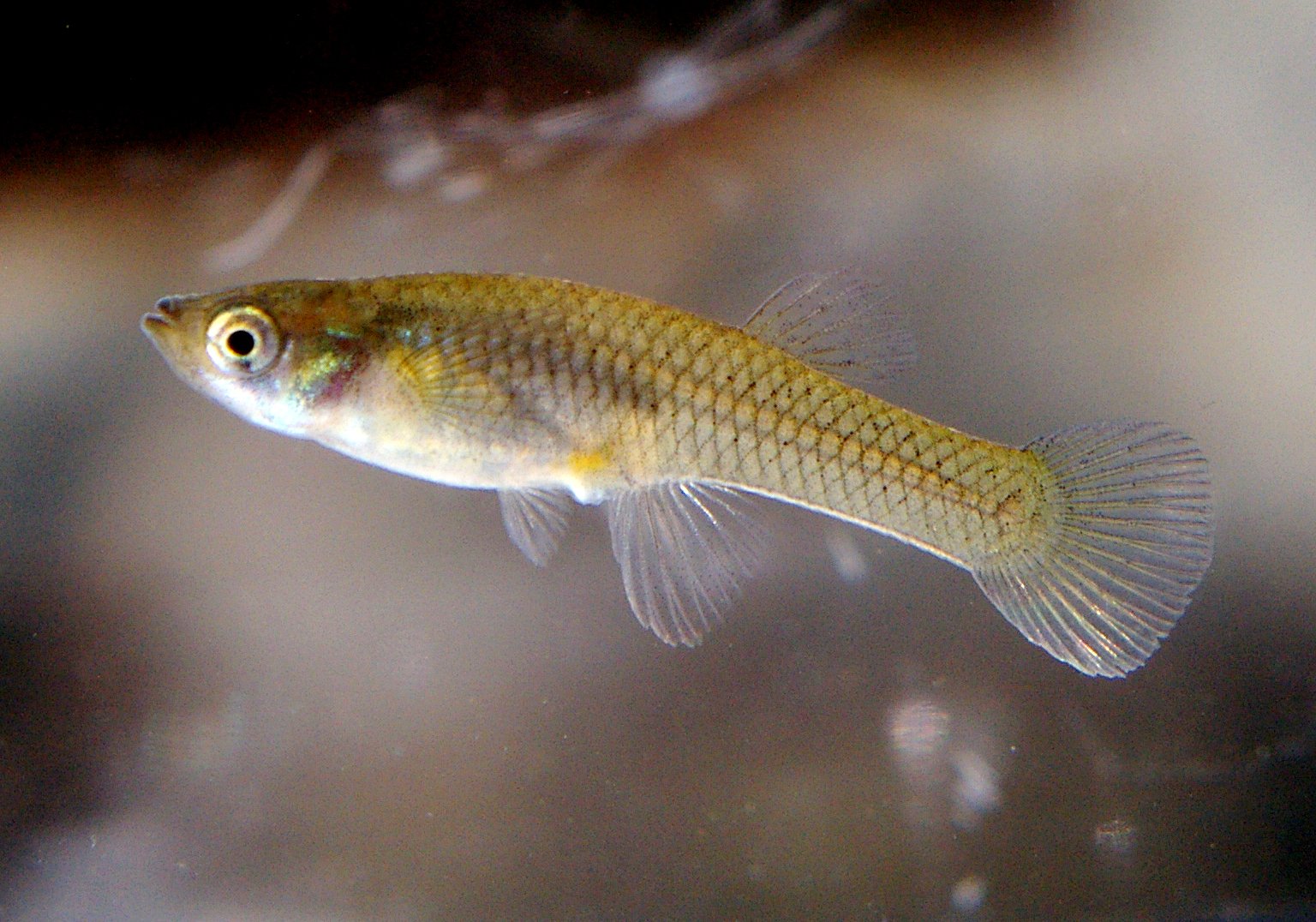
Mosquito fish excel at the water’s surface, where they snap up larvae and pupae with quick bites, much like a street sweeper catching debris before it causes a jam. They are livebearers, which means a single female can produce multiple broods in warm months, keeping populations active when mosquitoes peak. Their tolerance for warm, low-oxygen, and even mildly polluted water lets them operate in places many native fish avoid, including stagnant roadside ditches. Yet their appetite isn’t exclusive; they will also eat small invertebrates and the fry of other fish, which is where ecological trade-offs emerge. In the right context – isolated containers and man-made basins – they are persistent workers that stay on the job long after a spray truck has passed. In open creeks and wetlands, however, their efficiency can spill beyond the target.
- Typical adult length ranges from roughly about one and a half to three inches; females run larger than males.
- Feeding is concentrated at the surface, where mosquito larvae congregate to breathe.
- Best performance is reported in small, closed waters rather than complex natural habitats.
The Trade-Offs We Don’t Like to Admit
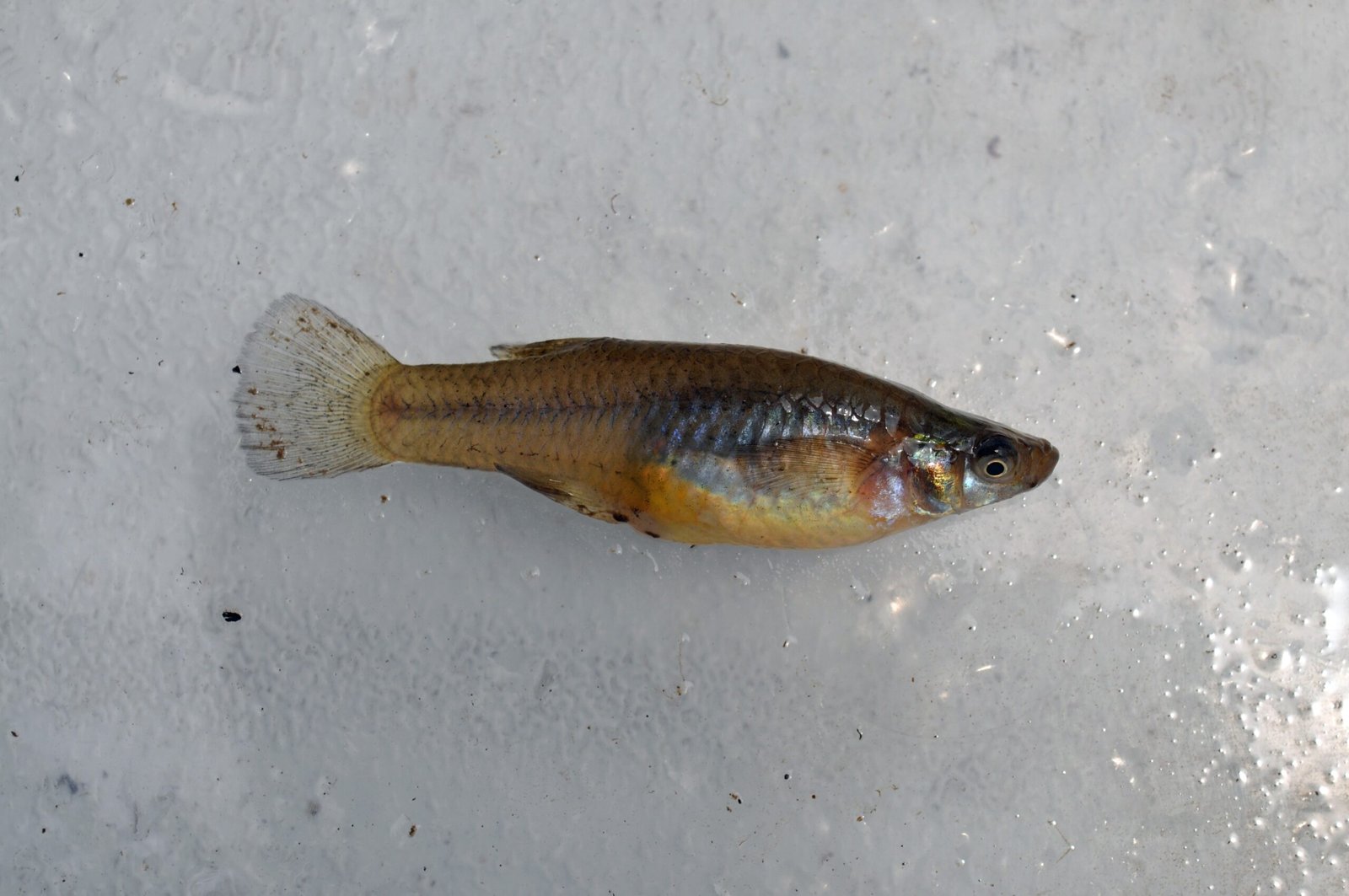
Enthusiasm for a tidy biological fix can obscure the messier parts of the story. Introduced mosquito fish have displaced or preyed on native amphibians and small fish in several regions, forcing wildlife managers to pull back or pivot to alternatives. I remember peering into a farm pond as a child and marveling at the constant motion; years later, I learned that motion can also be a warning sign if the species is in the wrong place. Ecological harm is not inevitable, but it is plausible when fish are released broadly or without follow-up monitoring.
That is why responsible programs map sites, confirm isolation, and pair fish with other tools like larvicides that break down quickly. The lesson is not that mosquito fish are villains or heroes – it is that context decides the outcome.
Why It Matters
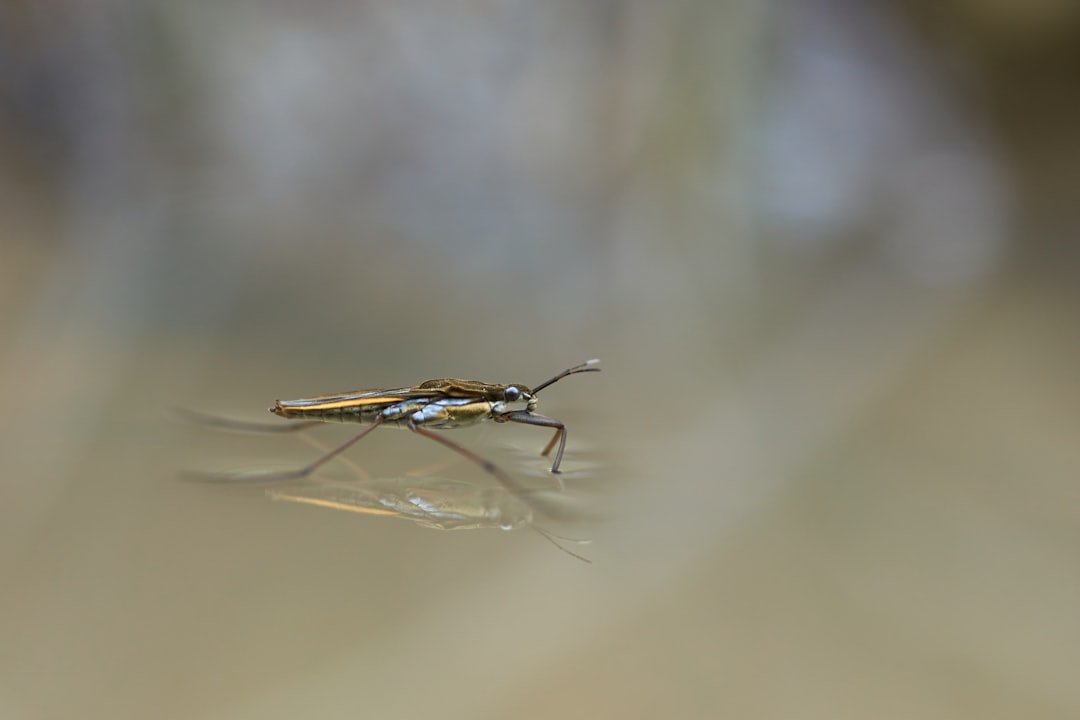
This debate sits at the intersection of public health and conservation, and the stakes are larger than a backyard nuisance. Mosquito-borne diseases are spreading into new latitudes as warmer temperatures lengthen breeding seasons and expand the range of vector species. Compared with broad-spectrum insecticides, targeted biological control can reduce chemical exposure and extend protection between service visits. Yet compared with habitat design, like draining standing water or improving stormwater systems, fish are a stopgap that treats symptoms more than causes.
The smartest strategies combine them: habitat fixes to cut breeding, microbial larvicides to target larvae, and fish for closed basins where they shine. The payoff is fewer bites, fewer infections, and fewer unintended shocks to local biodiversity.
Global Perspectives
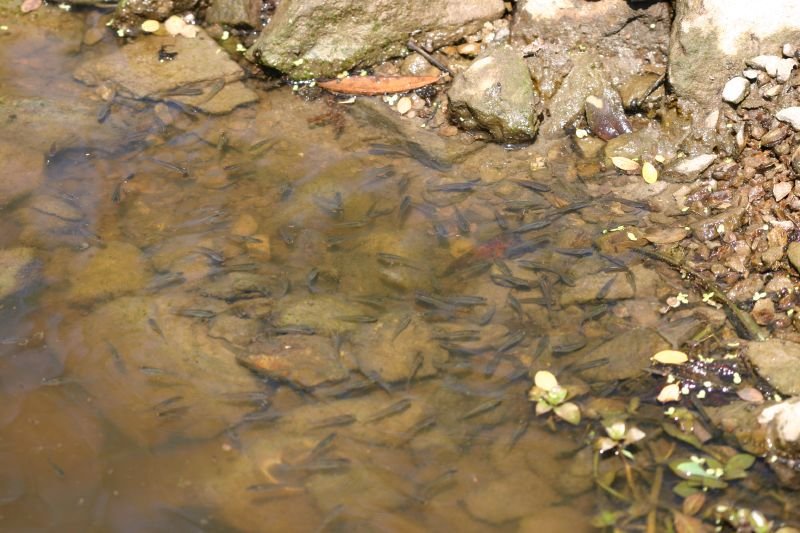
Different regions have drawn different boundaries, reflecting local ecosystems and disease pressures. Some North American districts deploy mosquito fish in neglected pools during foreclosure crises, where tens of thousands of stagnant basins can fuel local outbreaks. In parts of Australia and Europe, strict rules limit or forbid releases to protect native fauna, encouraging agencies to lean on native topminnows or invertebrate predators instead. In South and Southeast Asia, programs often use guppies or copepods in household water containers, pairing biology with community education.
The common thread is precision: choosing species and sites that fit local ecology while aligning with public-health goals. That global patchwork underscores a simple point – control measures must adapt to place, not the other way around.
The Hidden Science of Success and Failure
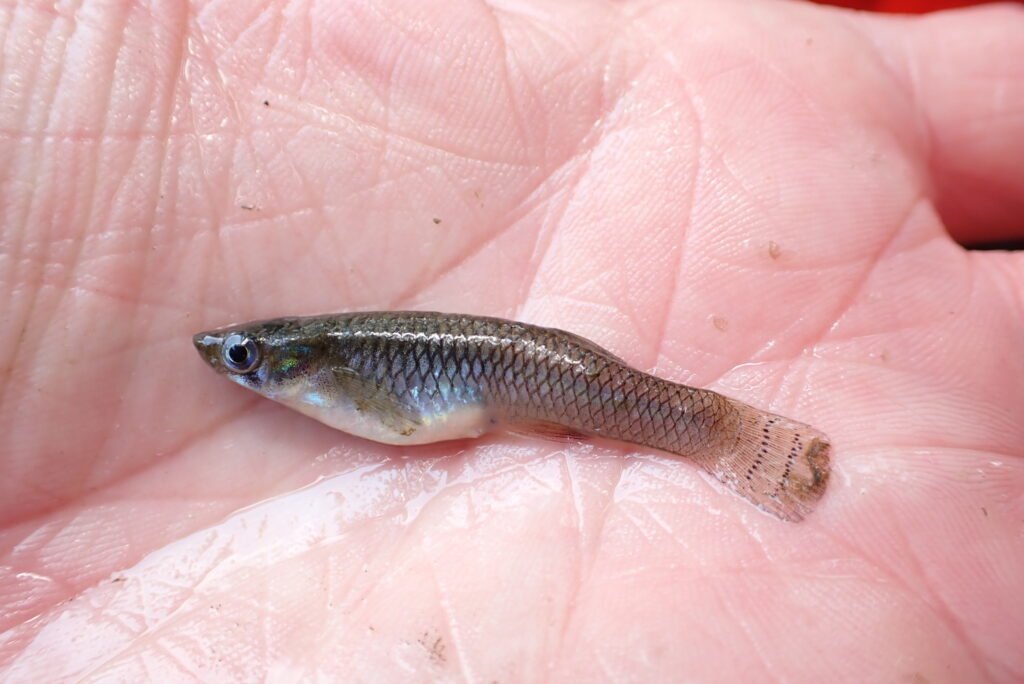
The Hidden Science of Success and Failure (image credits: Wikimedia)
Effectiveness lives in the fine print of hydrology and behavior: water depth, shade, nutrient load, and larval density all tip the balance. In many trials, fish curb larvae in small tubs and ornamental ponds, but gains fade in complex wetlands where predators, refuge plants, and flowing water spread larvae beyond reach. Monitoring is essential, because adult mosquito counts and disease cases do not always fall in lockstep with larval dips. Managers increasingly pair fish releases with data loggers and routine dipping surveys, building feedback loops that catch problems early.
When results lag, they pivot – introducing microbial larvicides, draining containers, or switching to native predators. Science here is less a single breakthrough than a disciplined pattern of measure, adjust, and repeat.
The Future Landscape
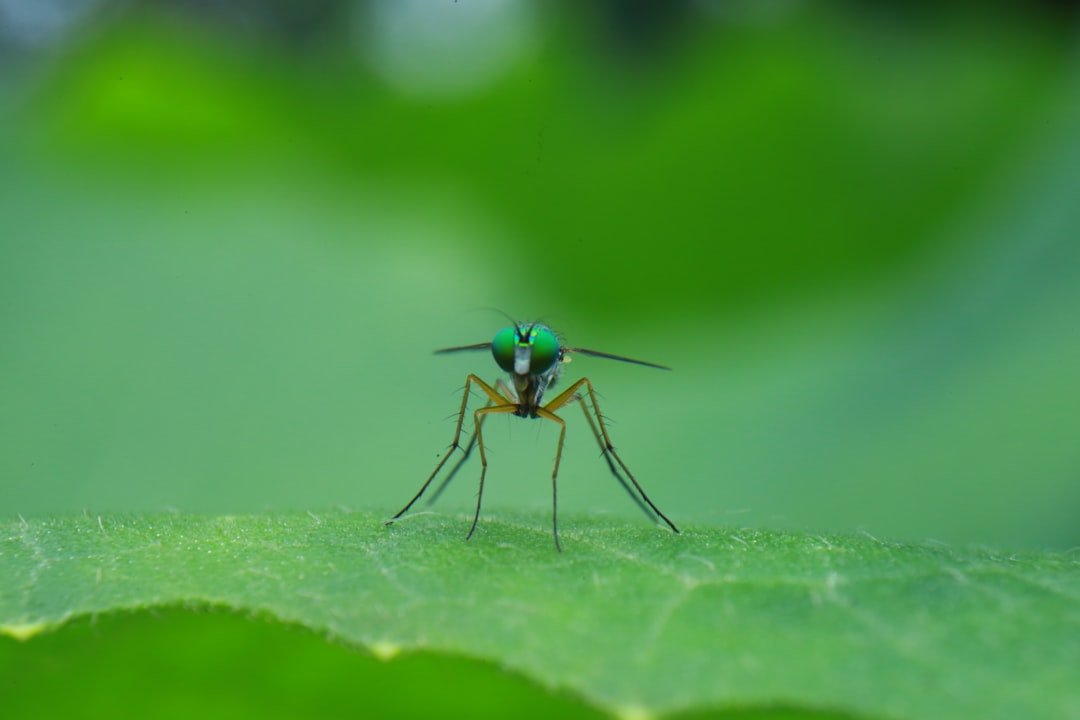
Tomorrow’s vector control will look more like a toolkit than a single bet: fish for sealed basins, microbial agents like Bti for broader coverage, and novel strategies such as Wolbachia-based suppression or sterile-insect releases for stubborn vectors. Smart mapping with satellite data and machine learning already helps crews find hot spots before they explode, and that makes biological tools more surgical. Climate change complicates everything, pushing mosquitoes into new altitudes and seasons, and adding urgency to solutions that are scalable, affordable, and ecologically careful.
Expect more emphasis on native or site-appropriate predators, tighter biosecurity around any introductions, and community-led container management. If mosquito fish keep a role, it will be narrower, clearer, and better measured – less myth, more metrics. The winner is whichever mix cuts disease risk while keeping local waters resilient.
What You Can Do
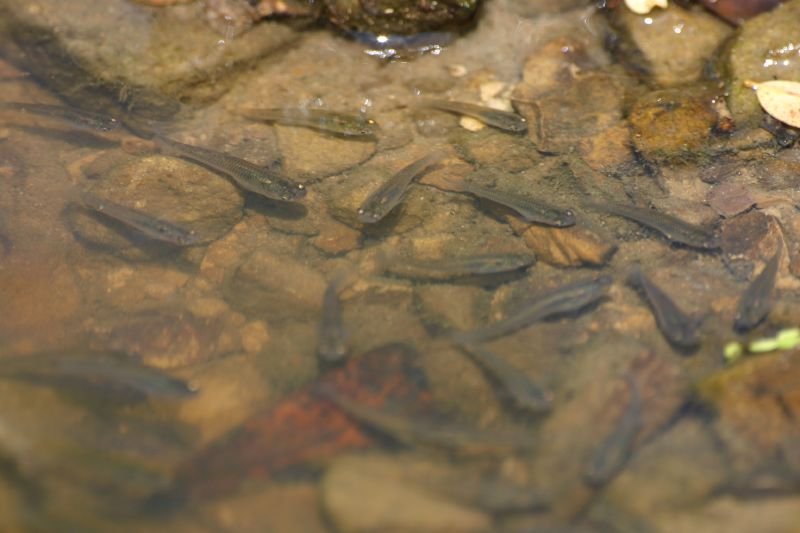
You don’t need a field truck to make a dent in mosquito risk; small, steady actions at home can matter a great deal. Empty standing water from buckets, tires, birdbaths, and clogged gutters at least once a week during warm months, and store containers upside down. If you maintain a pond, consult your local mosquito control district before adding any fish, and ask about native options and monitoring plans. Support city efforts to modernize stormwater and green infrastructure, which reduce breeding habitats without constant chemical input.
Consider community cleanups after heavy rains, when scattered debris turns into mini nurseries. And if you love data, join a citizen-science project that logs mosquito activity – those observations help agencies target the right places at the right time.

Suhail Ahmed is a passionate digital professional and nature enthusiast with over 8 years of experience in content strategy, SEO, web development, and digital operations. Alongside his freelance journey, Suhail actively contributes to nature and wildlife platforms like Discover Wildlife, where he channels his curiosity for the planet into engaging, educational storytelling.
With a strong background in managing digital ecosystems — from ecommerce stores and WordPress websites to social media and automation — Suhail merges technical precision with creative insight. His content reflects a rare balance: SEO-friendly yet deeply human, data-informed yet emotionally resonant.
Driven by a love for discovery and storytelling, Suhail believes in using digital platforms to amplify causes that matter — especially those protecting Earth’s biodiversity and inspiring sustainable living. Whether he’s managing online projects or crafting wildlife content, his goal remains the same: to inform, inspire, and leave a positive digital footprint.




